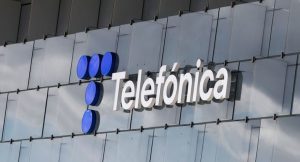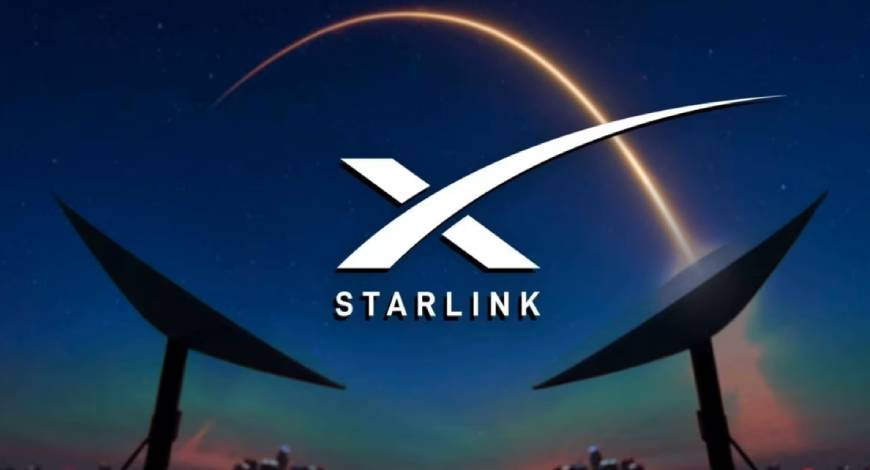The government is preparing a relief package for Vodafone Idea (Vi) but is facing concerns over the company’s ability to stay afloat unless its pending spectrum usage charges are waived. There are no plans to convert any more of these dues into equity, as this would raise the government’s stake in Vi beyond the current 49 per cent, the report said.
One idea is to let Vi clear its adjusted-gross-revenue (AGR) arrears over 20 years instead of the six-year window fixed after the Supreme Court ruling. “Extending the tenure of AGR payments from the scheduled six annual instalments of ₹18,064 crore to over 20. Despite this, the long-erm sustainability of the company remains in doubt,” an official said, as quoted by the report.
The Department of Telecommunications (DoT) models show that if Vi must pay the full ₹18,064 crore by the end of FY26, it would run out of cash before the FY27 bill arrives. Even if each annual instalment is trimmed to ₹6,000 crore–₹8,500 crore through a 20-year schedule, officials fear the numbers still do not add up beyond FY29, the report said.
Equity swap done
Earlier this year, the government converted ₹36,950 crore of Vi’s spectrum arrears (linked to auctions held before 2021) into equity. The move made the state the single-largest shareholder. Ahead of that conversion, Vi had shared financial projections up to FY31, the deadline for settling AGR dues. Because the Centre granted a four-year moratorium on AGR and spectrum payments in FY22, all missed dues now bunch into six hefty instalments that begin with the current financial year and must be paid by 31 March each year.
For the January–March quarter, Vi reported a net loss of ₹7,166 crore, wider than the ₹6,609 crore loss in the previous quarter. Auditor S R Batliboi & Associates flagged “the group’s ability to continue as a going concern” because Vi cannot generate or raise enough cash to clear debts when they are due.
The telco’s board has already approved plans to seek a further ₹20,000 crore through equity or debt, yet lenders remain cautious. Meanwhile Vi’s market capitalisation — now about ₹72,300 crore — has slid as its share price drifted from nearly ₹10 in January to ₹6.70 last Friday. Business Standard









